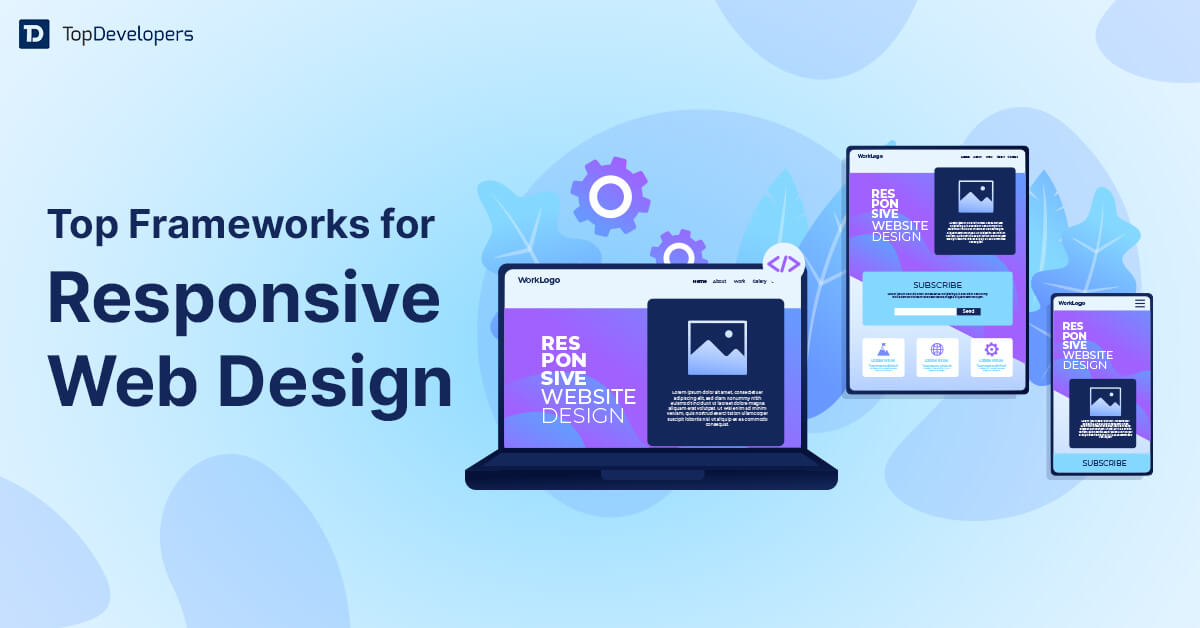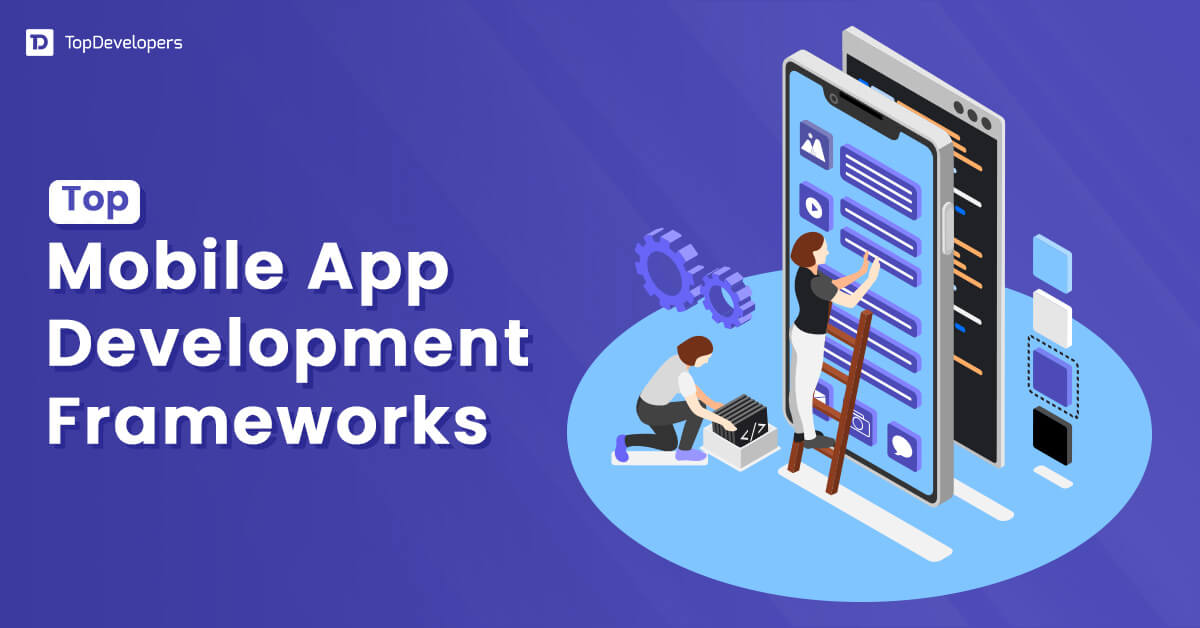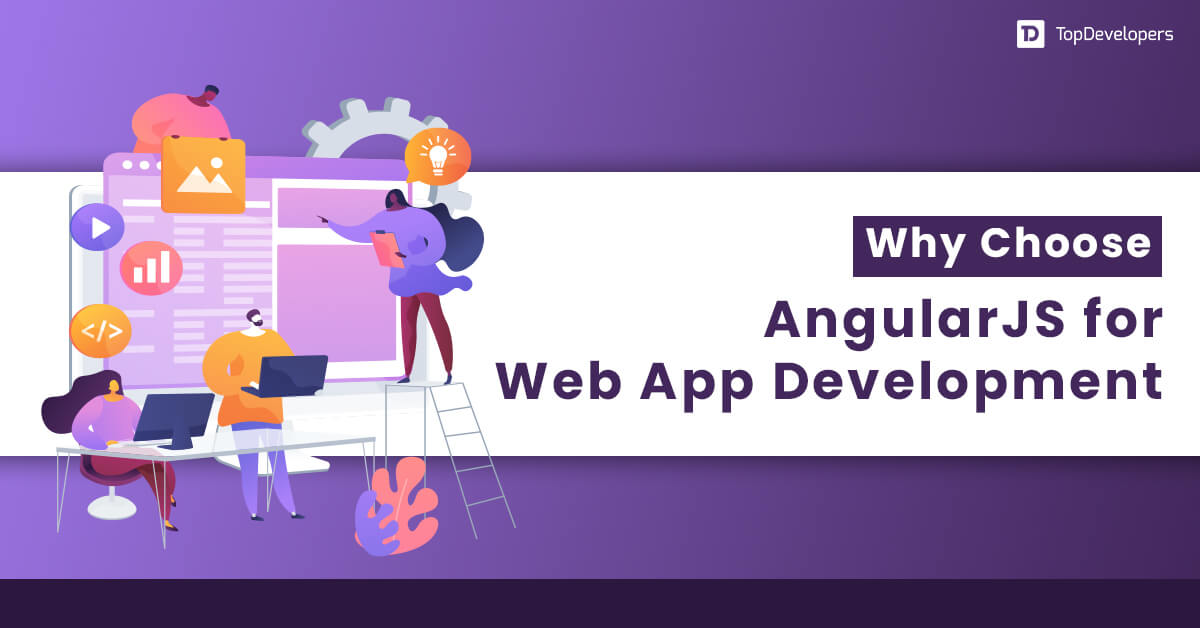
Technology stack selection is a vital part of the product development process, be it a web or mobile app, that decides the fate of the application. The foundational building block of the project is hard and expensive to change in the future. Experienced developers consider tech stack selection as an essential part of the development that they decide judiciously for successful, cost-effective delivery.
There are a lot of things to consider before technology selection such as project needs, different types of tech stack and their benefits, and factors based on which tech stack will be selected. The detailed blog on technology stack clears up everything from various types of tech stack and tech stack selection to factors that enables making the right choice for custom application development.
Let’s get started!
Table of Contents
- What is Tech Stack?
- How to Choose the Right Stack?
- What is Full-Stack Development?
- What are the Benefits of Full-Stack?
- What is MERN Stack Development?
- What are the Benefits of MERN Stack?
- What is MEAN Stack Development?
- What are the Benefits of MEAN Stack?
- What’s the Difference Between MEAN Stack vs MERN Stack?
- One-to-one Comparison: Full Stack vs MERN Stack vs MEAN Stack
- Which Stack is Better for Your Upcoming Project?
What is Tech Stack?
A technology stack is a combination of technologies, databases, frameworks, user interfaces, programming languages, servers, runtime environments, and operating systems that are stacked together for the development of software, mobile app, and website. In general, the tech stack is either back-end tech stack, front-end tech stack, or full-stack, that’s a mix of both.
There are various technology stacks for digital project development such as MEAN, MERN, and Full stack that enables agile development which helps businesses meet business objective. However, the selection of the tech stack depends on project requirements and development costs. But it pops up another question, that’s how to select the apt tech stack with the right set of technologies and operations required for the project.
How to Choose the Right Stack?
There is no tech stack, which is a one-size-fits-all solution for all business project types and sizes. Every tech stack is unique that remains good for the specific application. Here’s the checklist that helps in the right tech stack selection.
- Identify the project’s requirements
- Looking for agile development
- Does the team well-versed in the required tech stack?
- Is the tech stack scalable to meet progressive business needs?
- Does the tech stack fit well with your budget?
- Does the tech stack cater to the needs of UI/UX design?
All of these businesses’ IT needs are optimally fulfilled by three tech stacks that are MERN-Stack, MEAN-Stack, and Full-Stack. Learn extensively about all three tech stacks in detail.
What is Full-Stack Development?
Full stack technology comprises all the programming languages and tools that enable developers to build both the front-end and back-end of the application. Full stack developers are avid at version control systems, databases, servers, UI/UX designing, and frontend and backend languages. Thereby they can build the website, mobile app, and software from scratch completely and turn it into a full-fledged solution.
The full-stack developers are expected to have the following competencies.
- Frontend: CSS, HTML5, Angular, React.JS, and more.
- Backend: Node.JS, Python, Django, Caching, and others.
- Database: MySQL, MongoDB, Postgres, Cluster, and others.
- DevOps: SDLC, CL/CD pipeline
- Operating System: Android and iOS
What are the Benefits of Full-Stack?
Full-stack development delivers a range of benefits to businesses when considered for project development. They are:
Best Team Management
Full-stack development requires only a few developers on the board as they have expertise in various aspects of development. That’s why full-stack development comprises a small team that can be easily managed with seamless communication and transparency.
Expertise in Multiple Technologies
Full stack developers are maestros of various entities of project development, say frontend development, backend development, database management, and others.
Switch Among Various Tasks
Talented full-stack developers can switch between different tasks as they have expertise and experience in multiple technologies usage. It helps a ton when they are working on enterprise-size projects.
Accelerate Deployment Process
As fewer developers are involved in full-stack development, the time gets wasted in role switching and finishing the work will be reduced, which, in turn, speeds up the deployment process.
What is MERN Stack Development?
MERN stack is an open-source tech stack that includes the combination of database and JavaScript technologies such as MongoDB, Express.JS, React.JS, and Node.JS leverage for web and mobile app development. The popular technology stack provides end-to-end support to the developers for building high-performance applications.
Facebook, Netflix, and Dropbox are the top companies that have leveraged the MERN stack to power digital solutions.
A brief overview of MERN stack technologies.
- MongoDB: The open-source database for the best data management.
- Express.JS: The minimal framework supercharges Node.JS functionalities.
- React.JS: JS library used for frontend development.
- Node.JS: The JS runtime for server-side development.
What are the Benefits of MERN Stack?
MERN stack, the JS technology-based tech stack, provides a plethora of benefits. Such as:
Database management
MongoDB is the best data management solution for storing data in JSON files, which makes it easier for MERN developers to combine data in JSON files.
Scalability and flexibility
Tech stack of MERN facilitates scaling technologies and tools as per the business project needs. It’s flexible enough for maintaining consistency around various data centers.
A complete solution
The MERN Stack provides all the required technologies and tools needed for full-fledged solution development from the front end and back end to database handling.
Custom development
MERN stack provides a dynamic schema that’s packed with command line tools and GUI that enable building customized apps faster and better. Top Node.JS developers ensure the security aspect of the custom development.
What is MEAN Stack Development?
MEAN Stack is also an open-source JavaScript technologies-based tech stack that is leveraged for progressive, responsive, and large-sized application and website development projects.
MEAN stack includes the following technologies and tools- MongoDB, Express.JS, Angular, and Node.JS to solve complex development-related challenges. The stack enables high-performance app development at speed.
Tumblr, Shutterstock, Paytm, and Flick are the popular companies that have launched digital solutions backed by the MEAN stack.
The components of the MEAN stack are-
- MongoDB: Leveraged for storing data in JSON files.
- Express.JS: It’s built on top of the Node.JS framework.
- Angular: JS code that runs in the user browser is known for frontend development.
- Node.JS: JavaScript library used for building the backend of the application.
What are the Benefits of MEAN Stack?
Businesses when using MEAN stack to develop their applications be it Mobile apps or websites gets many advantages; Such as
Versatility
MEAN stack developers can toggle between client-side and server-side operations as they have access to standard programming language.
Rapid development
Enable MEAN developers to engineer the app quickly which helps in MVP development quickly.
Scalable testing
During MEAN stack app testing, the cloud-based solutions are used for testing that simplifies and scales test cases when required.
Isomorphic coding
MEAN stack facilitates codebase sharing that eliminates the need to write programs separately for Android and iOS apps. It enables app development in reduced time and cost as the code written once will get executed everywhere.
What’s the Difference Between MEAN Stack vs MERN Stack?
We have dug deeper into all three tech stacks but identifying the best tech stack that suits well to the project’s needs is essential. The selection of the stack depends on various factors that we will discuss in this section extensively.
Project size
MEAN stack uses MVC (Model View Controller) architecture that provides a complete architecture required for large-scale, enterprise-level projects. On the other hand, the MERN stack is also suited for Ecommerce-based projects, but coding management and upgradation become a breeze.
UI/UX development needs
MEAN stack involves Angular that’s responsible for UI development which makes it up to par for optimal UI engineering. When it comes to complex UI/UX designing, the MERN stack is better as React is highly optimized for appealing, creative UI crafting.
Third-party integration
Angular.js is included in the MEAN stack that supports HTTP calls and links them to the backend. React in the MERN stack makes the same thing possible. Angular.js developers while leveraging the MEAN stack can help with a third-party extension, but React developers under the MERN stack hood requires additional configuration for third-party integration.
Popularity
The comparison between the MERN stack and MEAN stack moves around React Vs Angular technology that is used worldwide at a different scale. The continuous upgrades in technology have pushed React to the top position as compared to Angular technology.
Community support
Angular and React technologies are old JS frameworks that are preferred by developers for different types and sizes of app development. However, the community size of React is slightly bigger than Angular which helps developers to get necessary assistance when required.
The differences between the two stacks based on some factors provided rich insights into the two technology stacks so that businesses can easily choose between the two.
One-to-one Comparison: Full Stack vs MERN Stack vs MEAN Stack
Choosing the right technology stack between MEAN Stack, MERN Stack, and Full Stack for the development of your project could be difficult. Till now, we have seen the differences between the MEAN stack and MERN stack that helps in making the right selection. But full stack development is not covered.
Here, is the side-by-side comparison of the three tech stacks- Full stack, MEAN stack, and MERN stack based on a few attributes that make things clear.
Let’s dive in!
| Factors | Full stack | MEAN stack | MERN stack |
|---|---|---|---|
| Scalability | Medium | Medium | High |
| Architecture | 3-tier architecture | Upgrade and code management | UI rendering |
| Features list | Extensive | Optimal | Extensive |
| Third-party integrations | Different libraries such as LESS, jQuery, and others. | Readymade features | Additional libraries required for third-party integrations |
| Security | Optimal | High | Optimal |
| Productivity | Good | Good | Low |
Which Stack is Better for Your Upcoming Project?
Either you read the complete content or directly jump to this section, only for knowing which is the best tech stack to leverage- full stack vs MEAN stack vs MERN stack. Right? As we said before there’s no one-size-fits-all solution for the tech stack. It requires business stakeholders to come up with a list of mobile or web app development needs and then decide which tech stack meets the needs of your project.
Well, when you are building an app from scratch, it requires thorough analysis as it can make or break the project’s success. If you find tech stack selection- a hard nut to crack, then consulting a reliable IT outsourcing company can help you with the selection of the right tech stack based on your project requirements analysis and aligning it with project goals.
 Avantika Shergil
| Mar 7, 2023
Avantika Shergil
| Mar 7, 2023
Avantika Shergil is a technology enthusiast and thought leader with deep expertise in software development and web technologies. With over 8 years of experience analyzing and evaluating cutting-edge digital solutions, Avantika has a knack for demystifying complex tech trends. Her insights into modern programming frameworks, system architecture, and web innovation have empowered businesses to make informed decisions in the ever-evolving tech landscape. Avantika is passionate about bridging the gap between technology and business strategy, helping businesses build customized software and website, and understand about different tools to leverage effectively for their ventures. Explore her work for a unique perspective on the future of digital innovation.





